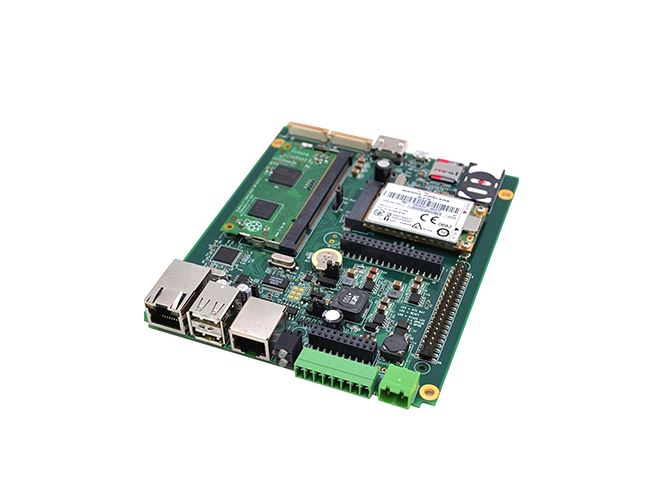-
CN
-
Service Hotline
+8618129931046 Mr. Liao


Time:2025-06-26 Views:1

Flexible Printed Circuits (FPCs) are critical components in modern electronics, especially in devices that require flexibility, space efficiency, and lightweight design. The selection of materials for FPCs is a crucial step that significantly impacts the performance, reliability, and cost of the final product. The primary materials used in FPCs include substrates, conductive materials, adhesives, and protective coatings. Each of these materials must meet specific criteria to ensure optimal performance.
1. Substrates: The substrate is the foundation of the FPC and must be flexible, durable, and capable of withstanding various environmental conditions. Common substrate materials include polyimide (PI), polyester (PET), and polyethylene naphthalate (PEN). Polyimide is the most widely used due to its excellent thermal stability, chemical resistance, and mechanical flexibility. The selection of the substrate depends on factors such as the operating temperature range, flexibility requirements, and cost considerations.
2. Conductive Materials: Conductive materials, typically copper, are used to form the circuit traces. Copper is preferred due to its high electrical conductivity, ease of processing, and good adhesion properties. The thickness and purity of the copper foil are critical parameters that affect the electrical performance and flexibility of the FPC. Other conductive materials, such as silver and aluminum, may be used in specialized applications where weight or cost is a significant factor.
3. Adhesives: Adhesives are used to bond the conductive layers to the substrate and to create multilayer FPCs. The adhesive must have good bonding strength, flexibility, and thermal stability. Commonly used adhesives include acrylics, epoxies, and polyimides. The choice of adhesive depends on the specific requirements of the application, such as temperature resistance, chemical resistance, and flexibility.
4. Protective Coatings: Protective coatings, such as solder masks and cover layers, are applied to the FPC to protect the circuit from environmental factors, such as moisture, chemicals, and mechanical damage. The coating material must be flexible, durable, and compatible with the substrate and conductive materials. Common protective coatings include polyimide, acrylic, and epoxy-based materials.
In addition to these primary materials, other factors such as the manufacturing process, environmental regulations, and cost considerations also play a significant role in the material selection process. The goal is to achieve a balance between performance, reliability, and cost to meet the specific requirements of the application.